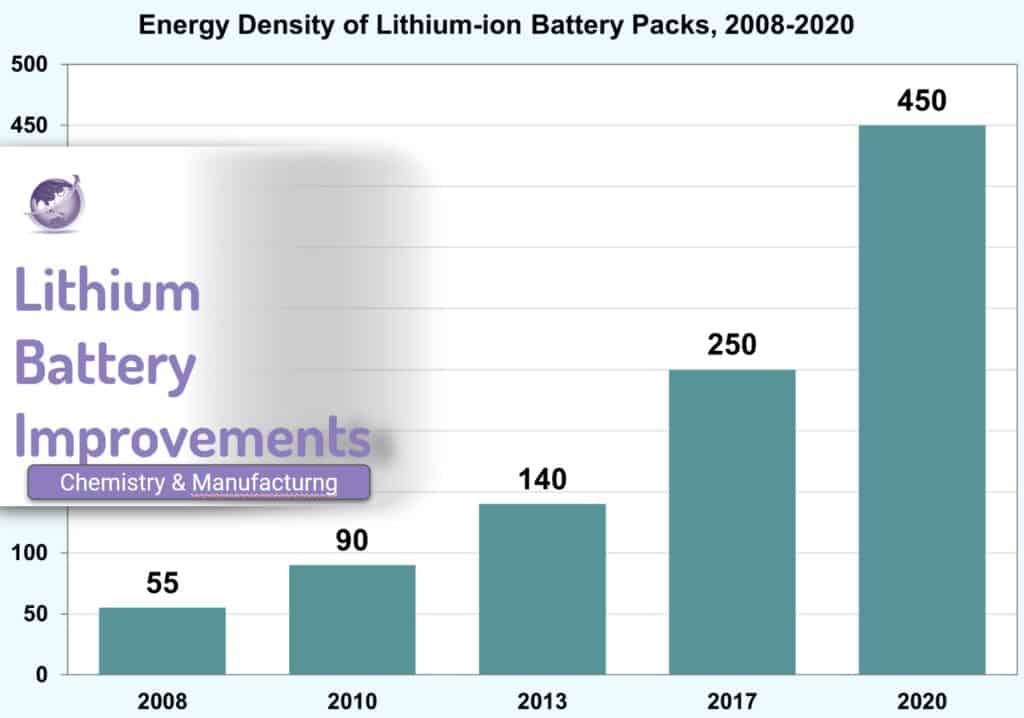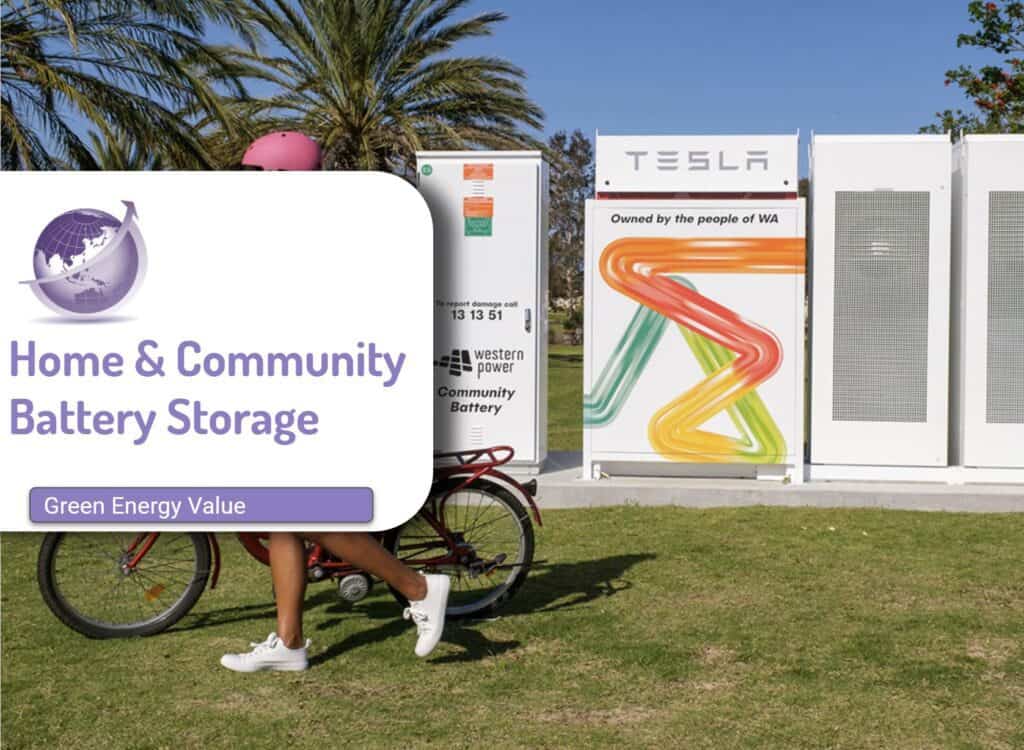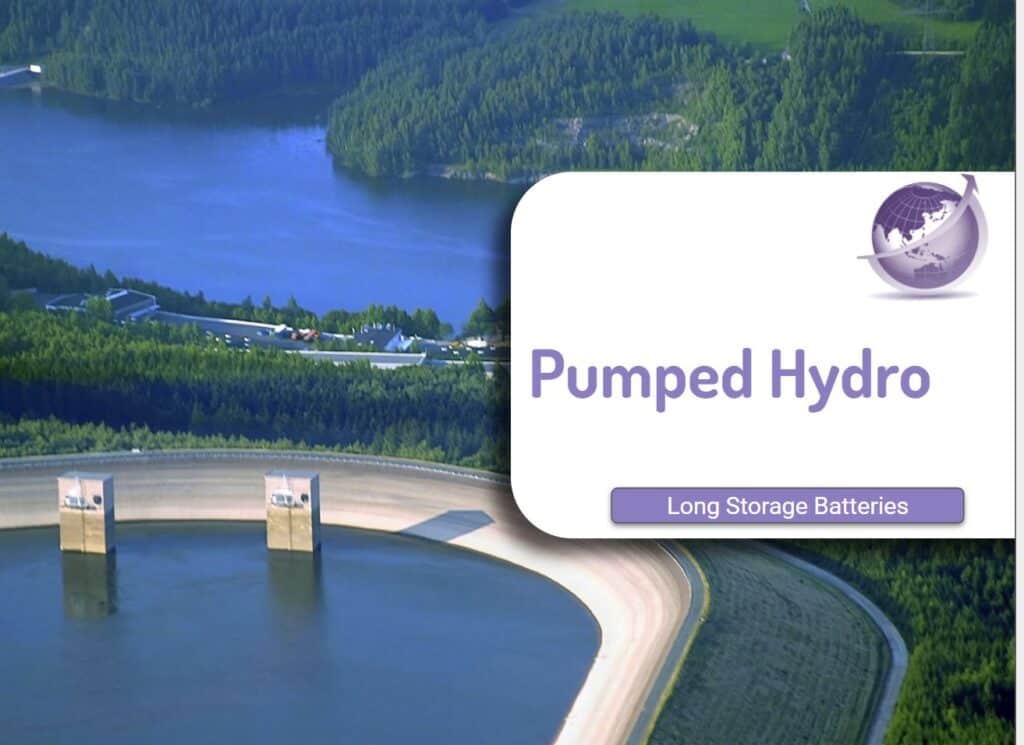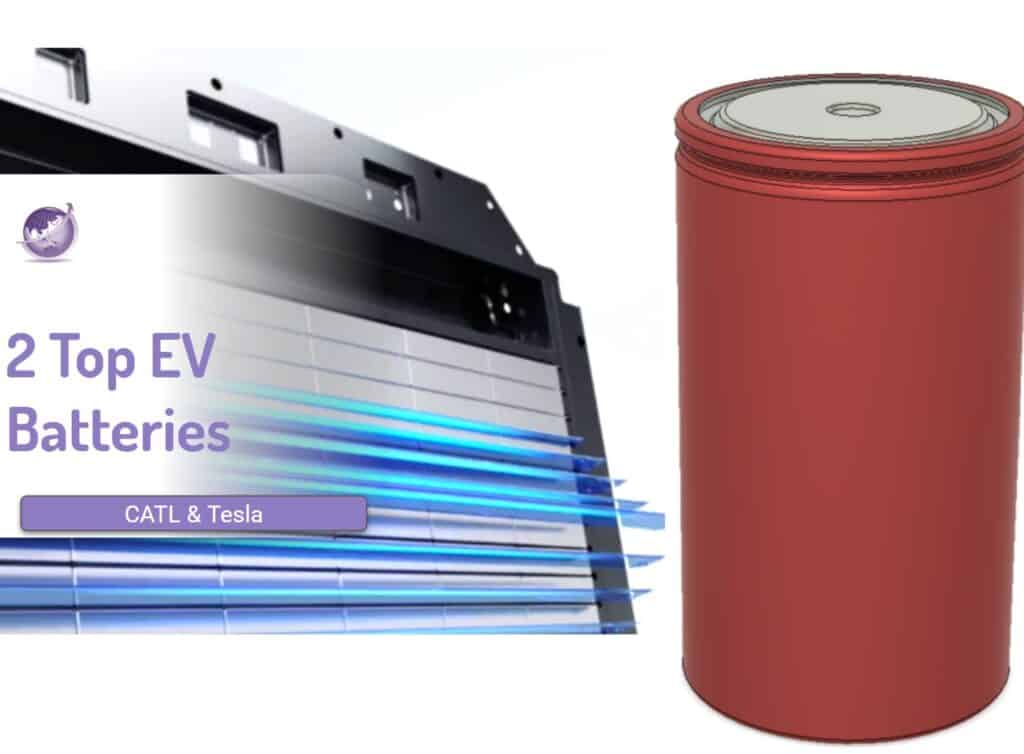In 2022/2023 State Gov announced Queensland pumped hydro proposals. These two proposed pumped hydro systems (PHES) act as a big battery – for firming renewable electricity from wind and solar. The Govt claims that the energy exceeds Are they the best solution for energy security?
Indicative Costings
The figures are confusing. The Govt has allocated $270 million for design works. (Brisbane Times). The overall project cost reportedly is $62 billion. The three categories are generation ($34 billion), transmission ($11 billion) and storage ($17 billion). The two pumped hydro projects are classified as storage because the water sent up the hill would act like a battery for the distant renewable energy that got it there.
Funding of the Burdekin is 50% Qld and 50% Federal Govt. None of these figures are final – subject to preliminary works funded by
| Site | Completion | GW/GWh | Capital Cost (AU billion) | Height (m) | Tunnels km | Cost $kWh |
|---|---|---|---|---|---|---|
| Borumba Dam | 2029 | 2/48 | $14.2 to $21 | 385 | 3.7 | 23-33 |
| Burdekin | 2035 | 5/120 | $34 | 185 | 5.8+7.2 | 35 |
| Transmission | $11 | |||||
| Total | 7/168 | $62 | 27 |
Borumba Pumped Hydro Scheme
The project details are here. Qld Gov announced the project in October 2022, and has funded to progress the geotech investigations and community engagement. The distance from Borumba to Gympie is less than 20km or to a 214 MW solar farm at Lower Wonga
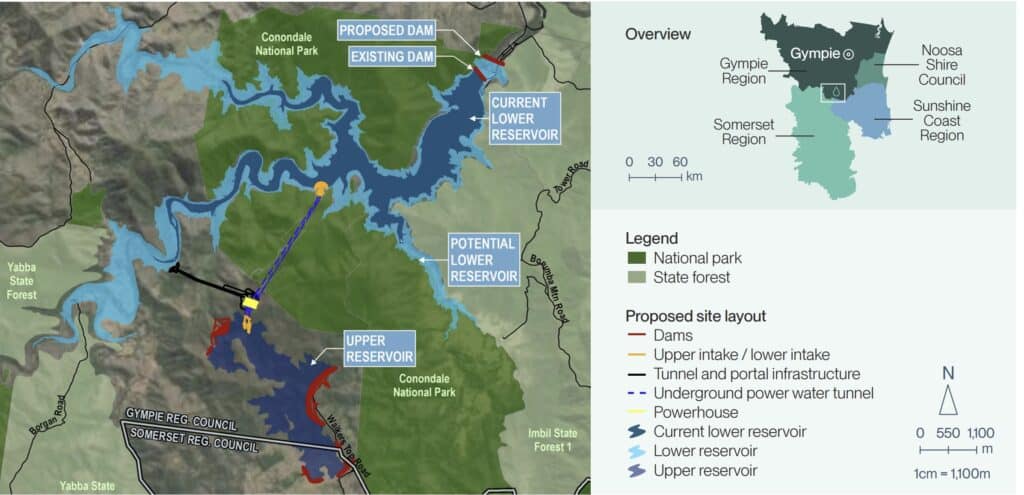
Burdekin / Pioneer Pumped Hydro Scheme
This project would be the world’s largest PHES with 5GW/120GWh capacity, and anticipated construction completed in 2035. The most recent project outline is here. Prior fact sheets Oct 2022 here.
Burdekin already has a dam and there have been many political attempts to get a budget to raise the height of the dam. Eungella is 80km from Mackay.

Alternate Queensland pumped hydro proposals
Fat-tailed risk for civil works ranges from 2 to 3. (see the Amazon book Prof Bent Flyvberg “How Big Things Get Done”). The consequence is budgets may be underestimated by 2 to 3 times. The initial investment in the Snowy pumped hydro increased from $2b to over $10b.
It may be that part of the decision to proceed is that pumped hydro presents a political statement for fossil fuel civil engineering that there will be work post coal and gas closures. I.e. it is Hi-Vis photo opportunities for Mackay and Gympie workforce.
Chemical Batteries
In contrast, large-scale batteries (BESS) have a very low risk of cost overrun. The Govt claims they have looked at batteries but most do not have more than 2x duration of peak demand. There is actually no technical limit – it is simply current economics. Other battery technologies have longer duration (redox flow batteries, iron air batteries).
- 2023 Cost per kWh = $320
- 2028 cost = ~$280
- 2033 cost = ~$210
- No cost blowouts
- No environment damage
- Almost zero environmental impact
- Can start today
- Completed on time with 3 years.
- Completed on budget
- A major risk is too few civil construction workers.

Dissent has started. Many think that risk associated with transmission, labour demands, and civil construction costs increase over time whereas batteries decrease. Moreover, the quantum of large capacity is uncertain. Furthermore, the retirement of coal plants early brings storage needs earlier. Some propose that the Borumba project complemented with chemical batteries situated at the major wind and solar farms or at customer premises is more cost-effective.
Hydrogen Storage
The use of H2 to provide long-term storage is an alternate solution. While uneconomic today, 15 years “may” bring the costs down to be competitive.
Civil Works Risks
Both tunnels and hydro have major fat-tailed construction risks with major cost and time blowouts. There is nothing to suggest these projects won’t suffer the same blowouts.

Sources
- Overal energy plan https://www.epw.qld.gov.au/energyandjobsplan/home
- https://www.epw.qld.gov.au/about/initiatives/borumba-dam-pumped-hydro
- https://www.epw.qld.gov.au/about/initiatives/pioneer-burdekin-pumped-hydro-energy-storage
- https://qldhydro.com.au/projects/pioneer-burdekin/
- https://www.epw.qld.gov.au/__data/assets/pdf_file/0019/17218/borumba-dam-pumped-hydro.pdf
- https://www.brisbanetimes.com.au/politics/queensland/bigger-than-cross-river-rail-premier-puts-12b-price-on-pumped-hydro-site-20220929-p5bm15.html


